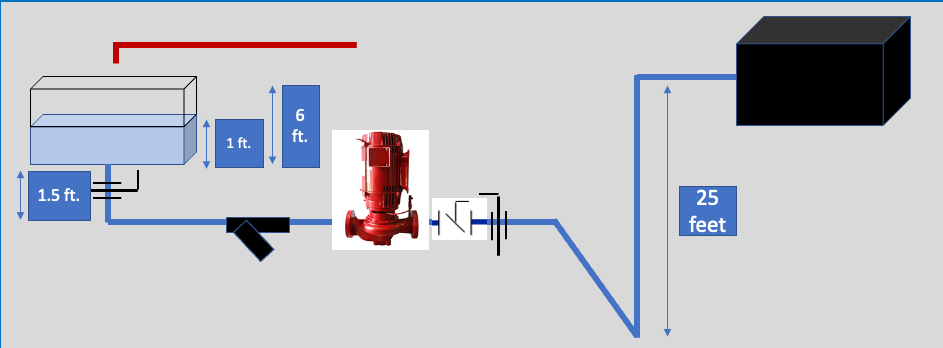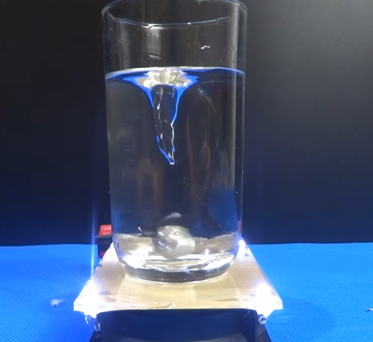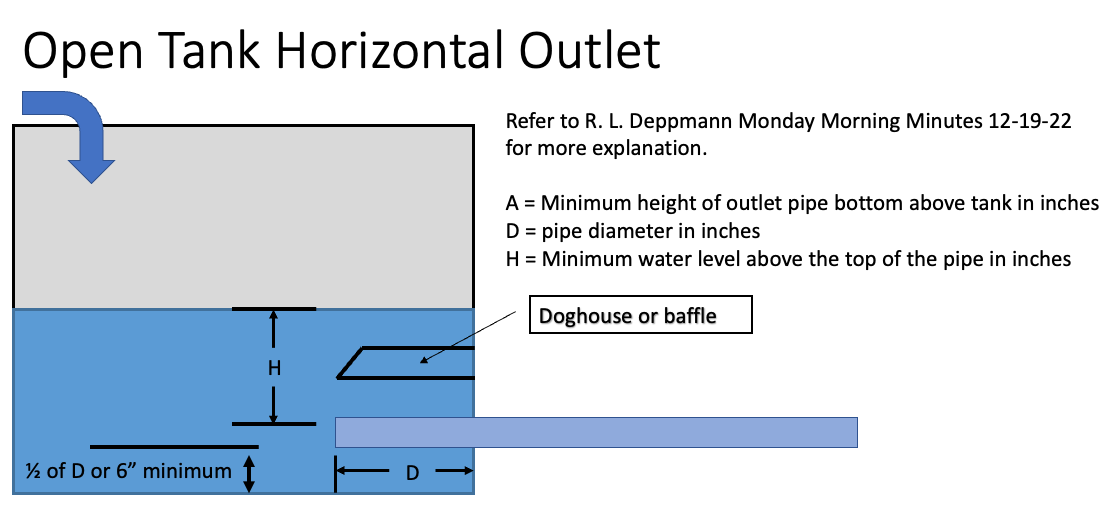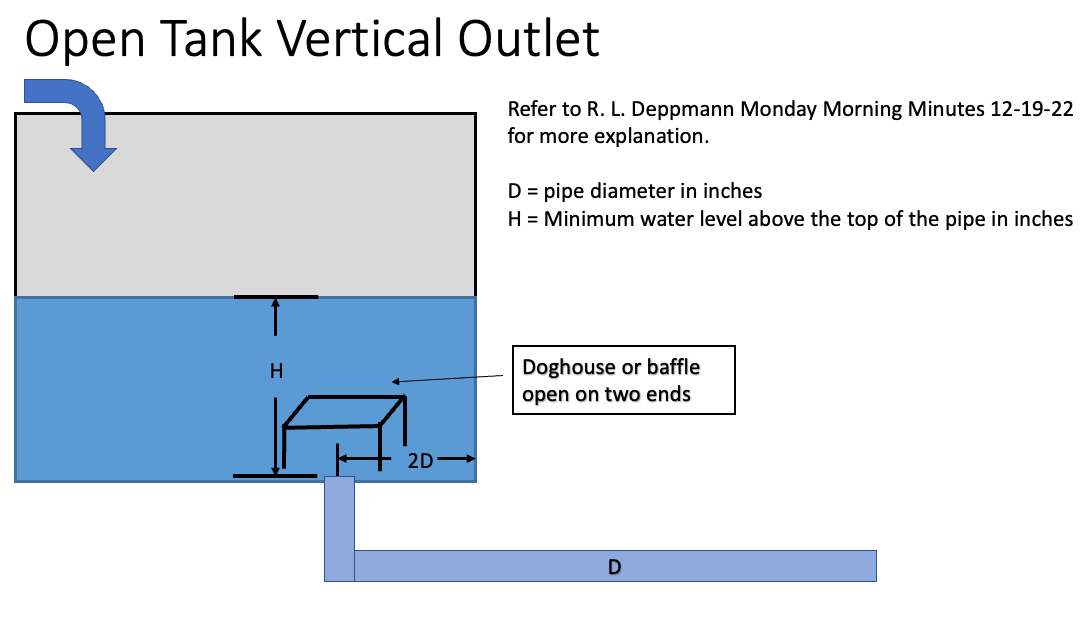 What can be simpler than pumping water from an open or atmospheric tank into another tank or system? What seems simple to many opens a complete list of questions to the engineer who is familiar with pumping from a tank. This R. L. Deppmann Monday Morning Minutes looks at the tank openings and suction pipe.
What can be simpler than pumping water from an open or atmospheric tank into another tank or system? What seems simple to many opens a complete list of questions to the engineer who is familiar with pumping from a tank. This R. L. Deppmann Monday Morning Minutes looks at the tank openings and suction pipe.
This blog is all about flooded suction pumping from an open storage tank under five thousand gallons with flow rates under five hundred gallons per minute (GPM). Flooded suction means we are not lifting the water out of a tank. If your application is different, contact your pump representative to review complete Hydraulic Institute (HI) recommendations.
Why is the Pump and Tank Piping Important?
The piping to the pump from an atmospheric or open tank is all about protecting the pump so it continues to provide the design flow rate for the process. Some of the rules are there to keep the water from turning into vapor in the pump. That critical pressure is a pump geek term called net positive suction head or NPSH. The application discussed here is all about cold water being pumped from an open tank with a minimum height of water above the pump. In these cases, the NPSH is not as critical as applications where you lift water, or the water is hot. There is a limit shown in the rules below, but it is generous. That said, visit NPSH Archives – RL Deppmann to learn more about NPSH.
A clear concern in the introduction of large amounts air through created vortices or tornados in the tank. The pipe size, location, and tank options will help avoid this real and troublesome problem.
Another concern is the trapping of air in the pipe between the pump and the tank. Fresh water contains a lot of air and if there is a high point in the suction pipe above the pump inlet, air will gather and cause issues. OK, here is a brief list of rules to help you reduce the chance of problems.
Suction Piping to the Pump for Unheated Water:
- The pipe size should never be less than the pump inlet size.
- Do not increase or decrease the pipe size from the tank to the pump.
- There should be five pipe diameters or more of straight pipe at the suction of the pump with no valves or fittings in the five pipe diameters.
- Avoid strainers in the suction line if possible. If there will be particulate in the water, select a strainer with one-eighth” opening or greater. If the process downstream needs smaller diameter strainer holes, put that strainer on the discharge of the pump.
- The top of the horizontal suction pipe should never be above the top of the pump inlet. i.e., Use eccentric reducers with the flat on the top.
- Consult with the pump representative if the selected pump NPSH is over twenty-five feet.
Tank Outlet Pipe Size, Location, and Minimum Height of the Water.
Here are a few details on the tank and chart showing pipe sizes and the height of the water. The calculations are based on Hydraulic Institute (HI) recommendations.
- The pump suction pipe should have a velocity no greater than five feet per second (FPS). If you can select it at 3 FPS or less, that is better per the HI. (See chart below)
- The bottom outlet connection in the tank should be two times the diameter of the pipe (or greater) away from the side wall. Side walls help increase the chance of vertexing.
- The minimum height of the water above the outlet pipe is “H” and in the chart below. It varies with the pipe velocity.
- If the velocity is above 3 FPS: In the side or horizontal outlet either add a doghouse or baffle over the outlet or make the connection a full coupling and continue the pipe into the tank a minimum of “D” inches. In a bottom outlet a doghouse will help reduce vortexing.
- If possible, have the tank fill pipe on the opposite side of the tank from the outlet.
| Minimum Pumping Pipe Size from an Open tank | |||||
|---|---|---|---|---|---|
| Outlet pipe diameter "D" (inches) | Maximum GPM at 5 FPS | Minimum Water Level "H" | Maximum GPM at 3 FPS | Minimum Water Level "H" | |
| 1-1/4 | 21 | 10" | 14 | 6" | |
| 1-1/2 | 30 | 11" | 19 | 6" | |
| 2 | 52 | 13" | 31 | 7" | |
| 2-1/2 | 80 | 15" | 44 | 7" | |
| 3 | 120 | 17" | 68 | 8" | |
| 4 | 210 | 20" | 118 | 9" | |
| 6 | 450 | 24" | 270 | 11" |
These rules are simple and quick to check. If you have questions about your application, contact your Bell & Gossett representative.
Happy Holidays from R. L. Deppmann Company. We will take a break from Monday Morning Minutes on December 26th since most of the readers will be celebrating. Look forward to part 3 of this short series on January 2, 2023. Happy New Year.




